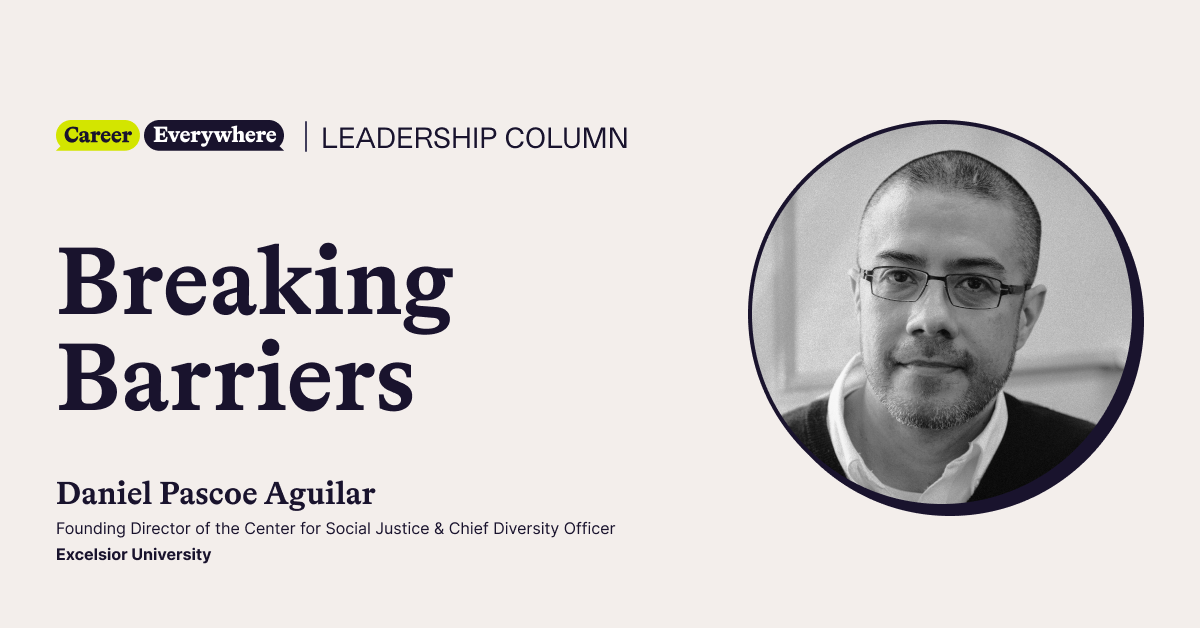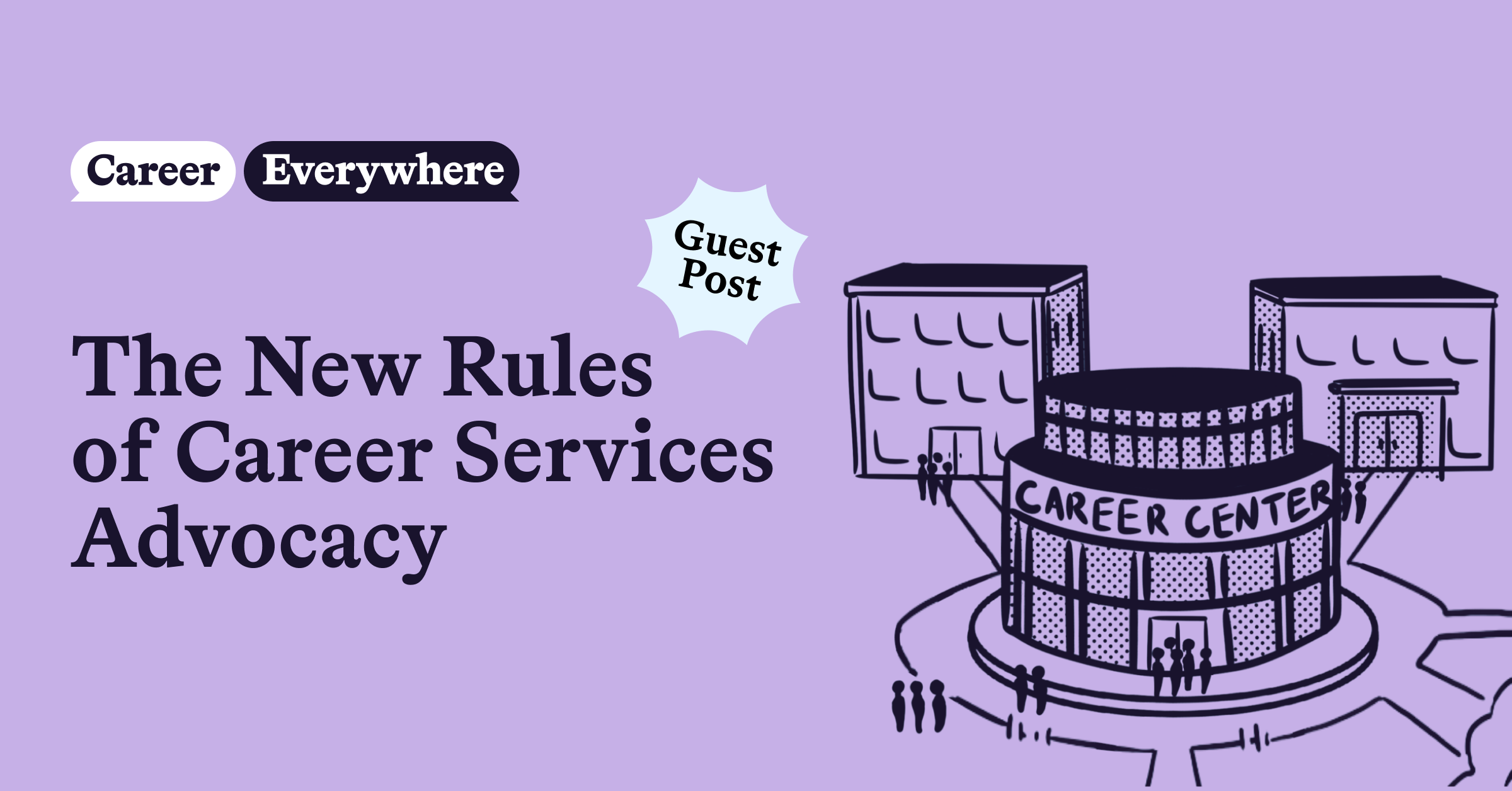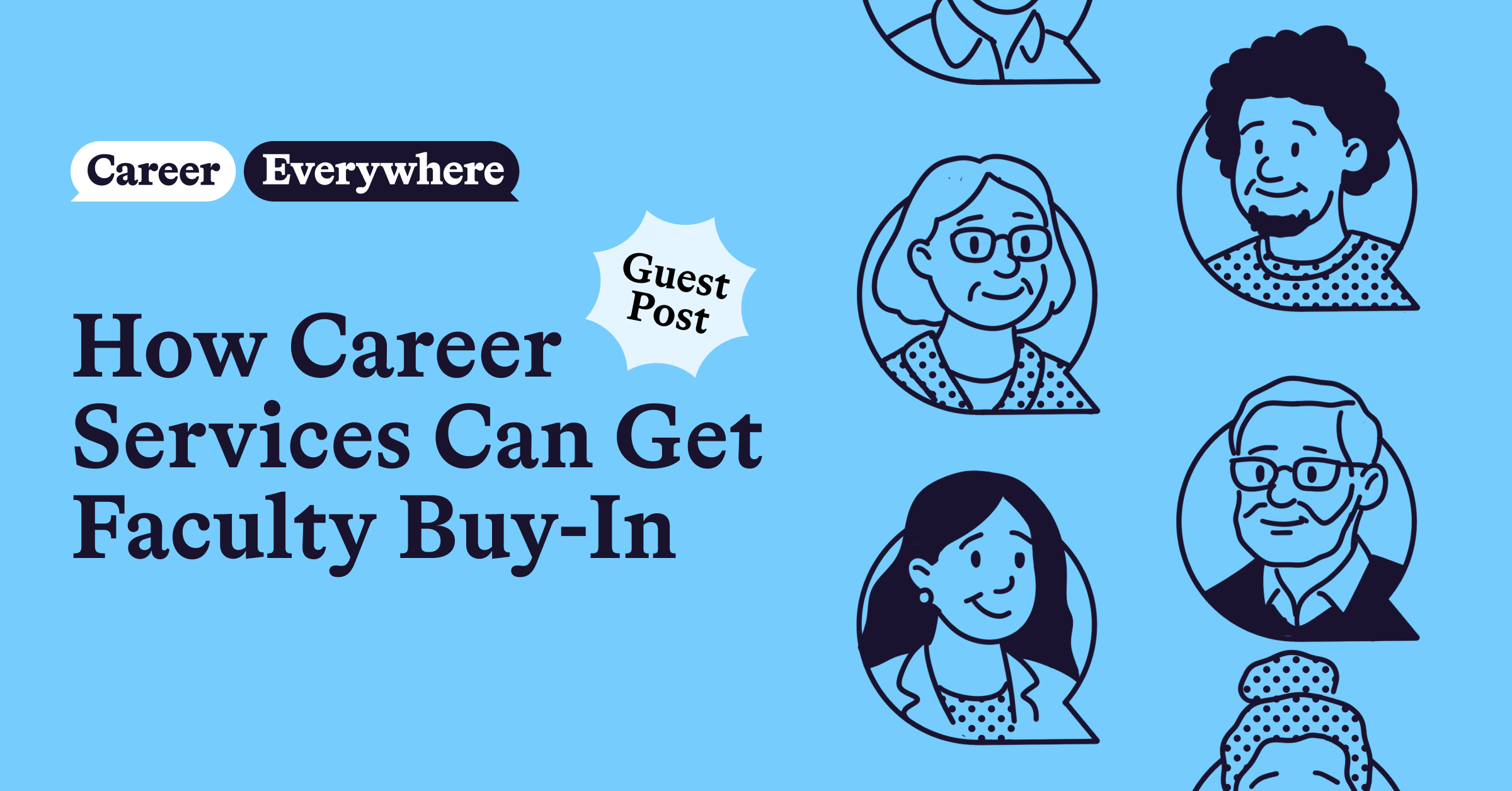
In my third and fourth columns, I began discussing Peter Block’s stakeholder analysis model. I introduced it as a powerful tool to help us navigate the challenges and key responsibilities of the systemic leadership I called us to pursue in my first column.
I have found Block’s insights instrumental to the effectiveness of our critical charge: the preparation of a diverse, authentic, engaged, and ready next generation of leaders, whose focus and contributions will determine our ability to survive and thrive as a human race and as a planet.
As a reminder, Block’s model focuses on two stakeholder analysis criteria: whether there is agreement and whether there is trust in your relationship with a key member of your organization. Based on these criteria, he identified four stakeholder assessment quadrants:
- Adversaries: Those with whom you share no agreement or trust
- Fans: Those with whom you share agreement but not trust
- Opponents: Those with whom you share trust but not agreement
- Allies: Those with whom you share trust and agreement
Columns three and four focused on the importance and power of surrounding our leadership with opponents of our ecosystems for our necessary collaboration and innovation. In this column, I will focus on our work with adversaries in our systems, who are community members with whom we need to or should partner but with whom, at least initially or perceptually, we neither share trust nor agreement.
I wish I could say that one will never come across key stakeholders in our organizations who appear to be or are clear adversaries of our work. However, in my nearly four decades of professional experience in five different fields, I have encountered adversaries in most of the human systems in which I’ve led or interacted.
For reference, the existence of adversaries in our systems should neither be surprising nor discouraging. As stressful as these types of relationships tend to be, I’ve found it helpful to remember that the transformative power of education is the change and growth it has the capacity to generate. This means we are in the business of change leadership and management, one of the most challenging aspects of human systems.
Peter Drucker, a seminal organizational behavior and change leadership/management author, once analyzed the four types of systems with which he identified we interacted in the 20th century: mechanical, biological, human, and ecological.
His research showed that of the four systems, human systems are the most capable of change but, at the same time, they are the most resistant to change. Change is challenging and often threatening to human systems, sometimes generating adversarial interactions or relationships.
My recommendation for working with key stakeholders you perceive as adversaries is to focus your analysis on the trust you share or not. Challenge yourself to assess the trust you share with them based on whether both of you have the well-being, development, and success of students at heart. In our case, that’s the preparation of a diverse, authentic, engaged, and ready next generation of leaders. Focus on that rather than if you can trust that the stakeholder in question supports you or not, or has your back or not. Remember, as human beings, we all have the natural tendency to resist change, not just others, so challenging our assessment focus continuously is important.
An illustrative example of this is the time when, as part of my arrival to an institution and in my attempt to begin to lead systemically, I began making appointments with all deans to offer our partnership and support and to explore collaboration opportunities. The office of one of the deans told me outright and from the beginning that they did not work with the Career Center because we did not know what their students needed. They told their students not to approach us.
It took us 11 months to meet with the school deans. By then, however, we were able to approach them with a preliminary plan and infrastructure strategically designed to collaborate with them in supporting their students and engaging their community stakeholders. When we finally got together, we intentionally focused on affirming and eliciting their subject matter expertise on how to best partner to serve their students. We left our first meeting with close to 20 programs we were planning on doing together throughout the year.
As we problem-solved when attempting to schedule a meeting with the deans and as we prepared for our eventual conversation, we challenged ourselves to focus on the fact that we could evidently trust they cared deeply about the students they instructed and served, and that our discomfort with their rejection of our services and approach to them should not be our priority. The power of this reassessment was that it immediately turned them into opponents rather than adversaries, stakeholders with whom we shared trust and with whom we simply disagreed. They were stakeholders with whom we needed to surround ourselves to lead systemically, to continue learning and growing, and to enhance the effectiveness of our work.
You will sometimes find true adversaries in your ecosystem. But if you challenge yourself to focus on whether you share trust in your devotion to student wellbeing, development, and success and to the preparation of our next generation of leaders, most often you’ll realize that you are working with opponents. And as soon as you empathize with them, jointly define the challenge ahead of you, and ideate together the solutions or innovation you can prototype and test, you’ll have just found key perspectives and powerful allies with whom to lead collaboratively and systemically.


